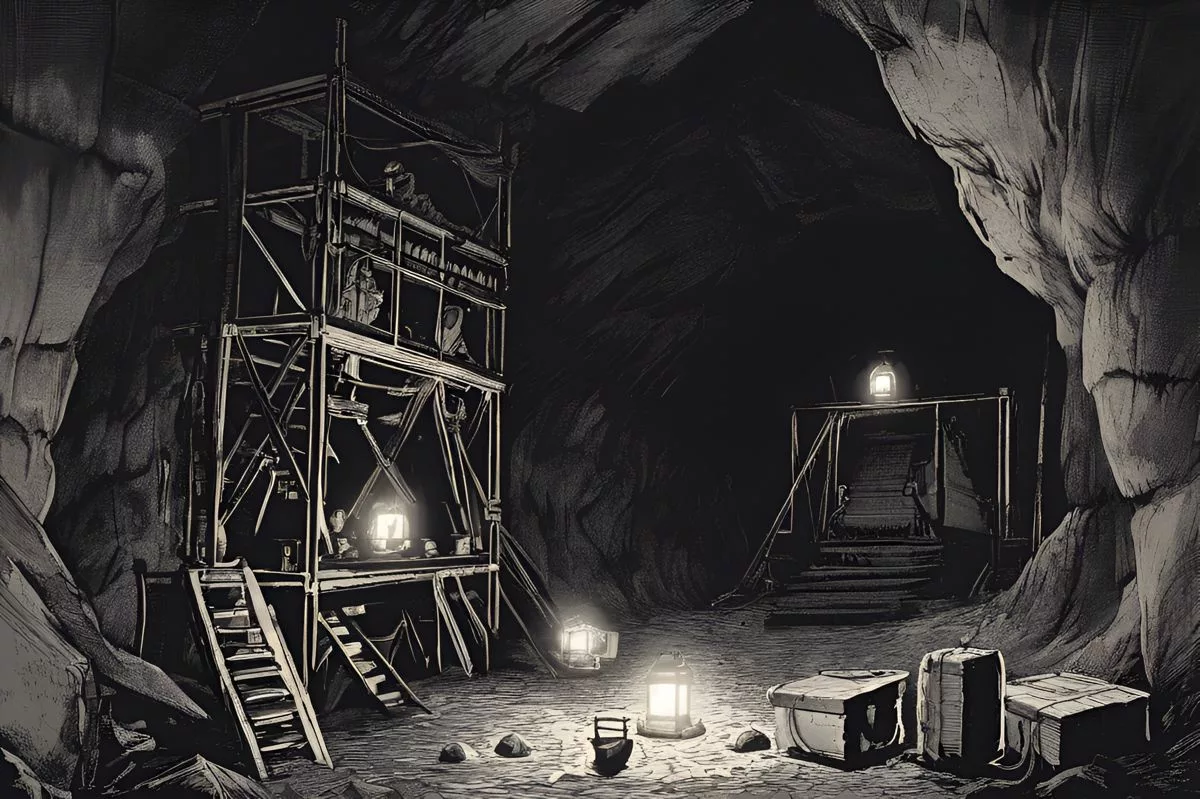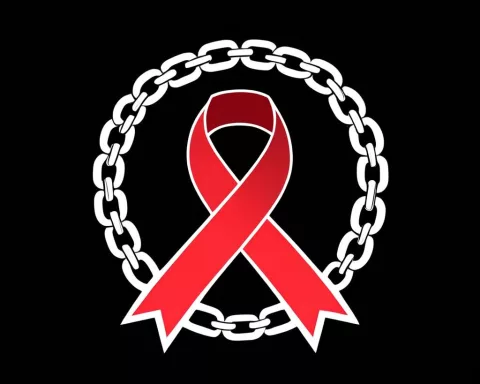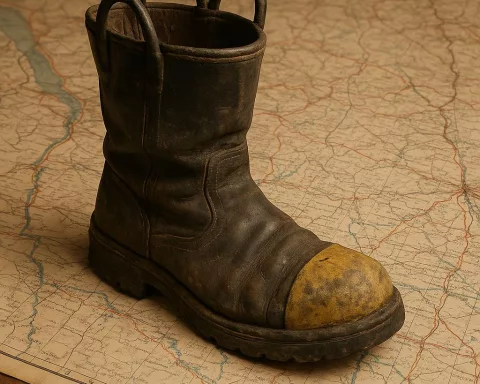South Africa’s mining industry is rich in resources but faces big challenges, especially after the tragic accident at the Impala Platinum Mine, which took 13 lives. This event highlighted serious safety problems and the need for better rules and technology to protect workers. Illegal mining also complicates matters, causing safety risks and harming the environment. To move forward, the industry must embrace innovation, improve safety measures, and work together with local communities to create a safer and more sustainable future for everyone involved.
What are the main challenges facing South Africa’s mining industry today?
South Africa’s mining industry faces significant challenges, including safety concerns, regulatory oversight, and illegal mining. The recent Impala Platinum Mine tragedy emphasizes the need for enhanced safety measures and innovative technologies, along with a commitment to sustainable environmental practices and accountability among stakeholders.
In the heart of South Africa’s economic landscape lies a story of immense mineral wealth intertwined with the challenges of safety and regulatory oversight. A tragic accident at the Impala Platinum Mine in November 2023, claiming 13 lives, brought these issues to the forefront, emphasizing the urgent need for enhanced safety measures and a commitment to rigorous industry oversight. This incident opens a broader discussion on how safety and innovation must evolve hand in hand in the mining sector.
Unveiling Safety Challenges in Mining
Mining stands as a pivotal industry in South Africa, supporting the economy but carrying inherent risks. The Impala Platinum Mine accident starkly reminded all stakeholders of these dangers, highlighting a persistent struggle for safety improvements. Historically, the introduction of safety measures and technological advances often followed tragic accidents rather than preventing them. This reactive approach underscores a critical area for reform.
In response to the Impala tragedy, Impala Mine took swift action by implementing new technological safeguards. This proactive step represents a significant shift towards continuous improvement in safety protocols. However, sustainable safety enhancements must intertwine innovative technology with solid regulatory frameworks to ensure comprehensive protection for workers.
The Portfolio Committee on Mineral and Petroleum Resources plays a vital role in this landscape. Chaired by Mr. Mikateko Mahlaule, the Committee advocates for a thorough investigation into the Impala incident. Mr. Mahlaule underscores the necessity of holding stakeholders accountable to prevent future accidents. The Chief Inspector of Mines leads the investigation, exemplifying the need for vigilance and a robust oversight mechanism in the mining industry.
A Broader Perspective on Mining Oversight
The Committee’s initiatives extend beyond the immediate consequences of the Impala tragedy, reflecting a comprehensive approach to industry oversight. Their agenda in the North West province addresses various challenges, with illegal mining taking center stage. This persistent issue not only disrupts legitimate operations but also poses severe environmental and safety risks.
Illegal mining, deeply embedded in the socio-economic fabric of South Africa, requires nuanced solutions. The Committee actively engages with local stakeholders to craft strategies addressing these challenges from both regulatory and community perspectives. Site inspections and dialogues highlight their commitment to finding balanced approaches to illegal mining.
Among the Committee’s planned visits are stops at major mining operations like Sibanye Stillwater and Harmony Gold. These visits serve dual purposes: ensuring compliance with safety standards and facilitating dialogues on health and safety advancements. Such interactions between legislative bodies and industry leaders have historically driven significant shifts in mining safety, fostering a culture of continuous improvement.
Embracing Environmental Responsibility
In addition to safety concerns, the Committee’s agenda underscores the importance of environmental rehabilitation. Inspections at sites like the DRD solar plant and various rehabilitated mining areas reflect a growing awareness of sustainability in mining practices. Historically, post-mining landscapes suffered from neglect, leading to severe environmental degradation.
Today, a renewed focus on rehabilitation showcases an evolving understanding that environmental stewardship is integral to mining operations. By addressing historical oversights, the industry can better align itself with global sustainability standards. The Committee’s efforts in this arena signify a commitment to transforming mining practices in harmony with environmental preservation.
The Committee’s work resonates within a broader narrative of legislative engagement with the public, a fundamental component of South Africa’s democratic framework. Parliamentary committees operate transparently, ensuring that decisions reflect public interest. This openness fosters trust and accountability, essential for the mining sector’s ongoing evolution.
The Path Forward: Innovation and Reform
Despite the undeniable hazards of mining, the sector holds immense potential for innovation and reform. The Impala Mine tragedy has catalyzed a renewed focus on safety and regulation. However, the true measure of progress will come from the industry’s ability to transcend reactive measures, embedding safety and sustainability into its core operational ethos.
As the Portfolio Committee continues its oversight, the lessons of history and the promise of innovation must guide its efforts. By fostering a dialogue between regulators and industry players, the sector can develop resilient practices that prioritize worker safety and environmental stewardship. The path forward demands collaboration, transparency, and a steadfast commitment to reform, ensuring that South Africa’s mining industry thrives in a sustainable and responsible manner.
In conclusion, the tragic events at Impala Mine have underscored the urgent need for reform in South Africa’s mining sector. Through proactive oversight and a commitment to innovation, stakeholders can create a safer and more sustainable industry. As history guides these efforts, the sector’s potential for positive change remains vast, promising a brighter future for all involved.
FAQ on South Africa’s Mining Industry Challenges
What are the main challenges facing South Africa’s mining industry today?
South Africa’s mining industry is grappling with significant challenges, including safety concerns, regulatory oversight, and the prevalence of illegal mining. The tragic accident at the Impala Platinum Mine, which claimed 13 lives, has brought these issues to the forefront, highlighting the urgent need for improved safety measures, innovative technologies, and sustainable environmental practices.
How has the Impala Platinum Mine tragedy affected safety measures in the industry?
The Impala Platinum Mine tragedy has acted as a wake-up call for the industry. Following the incident, the mine implemented new technological safeguards to enhance worker safety. This shift towards proactive safety measures emphasizes the need for continuous improvement, integrating innovative technology with strong regulatory frameworks to protect workers effectively.
What role does the Portfolio Committee on Mineral and Petroleum Resources play in addressing mining challenges?
The Portfolio Committee on Mineral and Petroleum Resources, led by Mr. Mikateko Mahlaule, plays a crucial role in overseeing the mining industry. Following the Impala incident, the Committee is advocating for thorough investigations to hold stakeholders accountable and prevent future accidents. Their comprehensive approach also involves addressing illegal mining and enhancing safety standards through site inspections and dialogues with industry leaders.
How does illegal mining impact South Africa’s mining industry?
Illegal mining poses significant risks to both safety and the environment. It disrupts legitimate mining operations and can lead to hazardous conditions for workers. The Portfolio Committee is actively engaging with local stakeholders to develop regulatory and community-focused strategies to combat illegal mining and its associated risks.
What initiatives are being taken to promote environmental responsibility in the mining sector?
The Portfolio Committee is prioritizing environmental rehabilitation alongside safety concerns. Their inspections at sites like the DRD solar plant and various rehabilitated areas reflect a commitment to integrating sustainability into mining practices. By addressing historical environmental degradation, the industry aims to align with global sustainability standards and enhance its stewardship of the environment.
What is the future outlook for South Africa’s mining industry?
The future of South Africa’s mining industry hinges on embracing innovation and reform. The lessons learned from the Impala Mine tragedy provide a foundation for embedding safety and sustainability into the core operations of mining companies. Through collaboration, transparency, and a steadfast commitment to reform, stakeholders can work toward a safer and more sustainable mining sector that benefits all involved.












